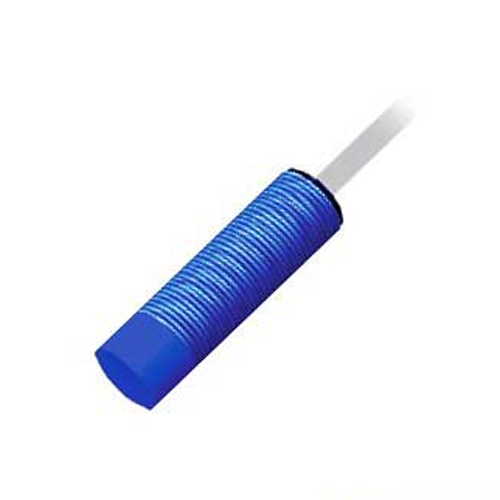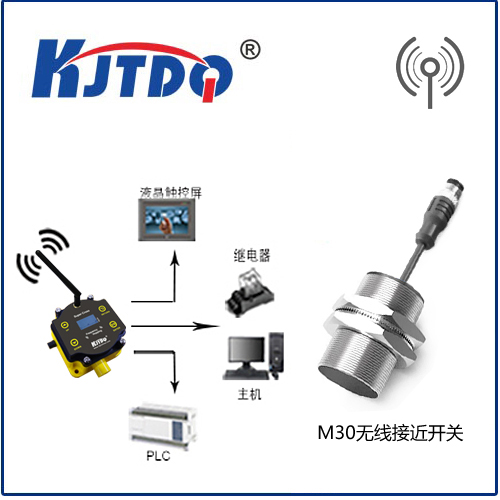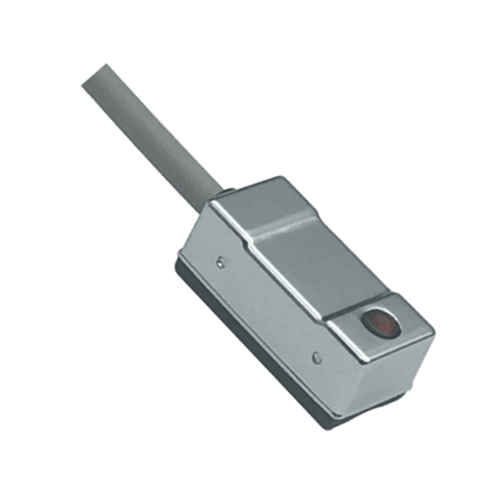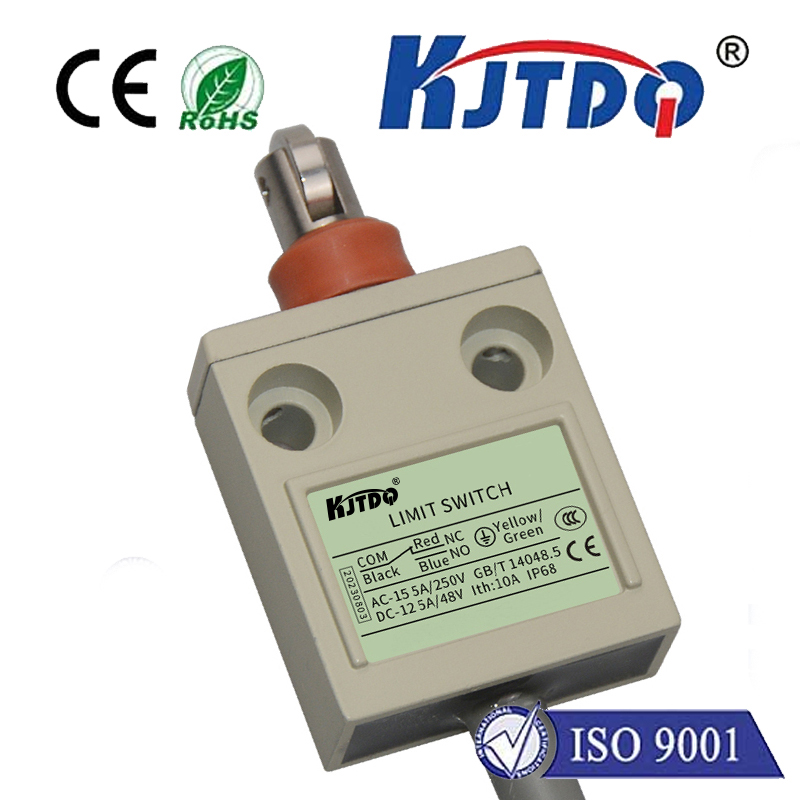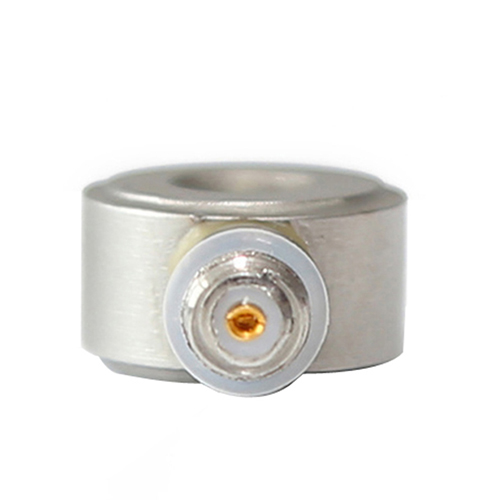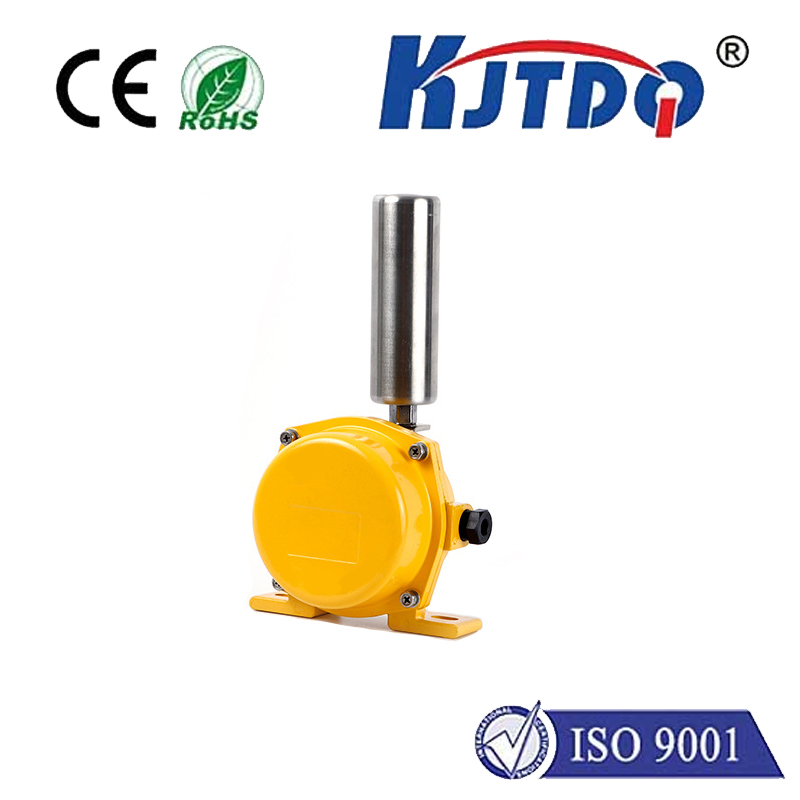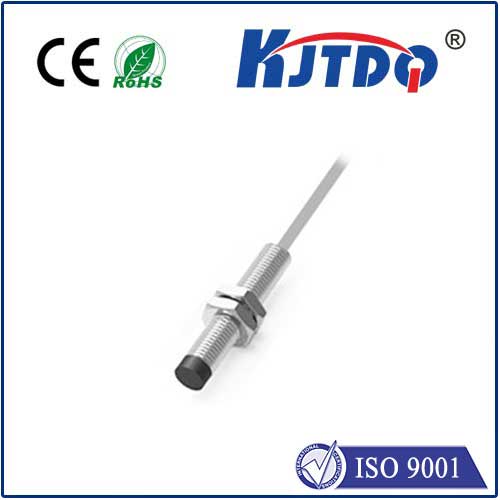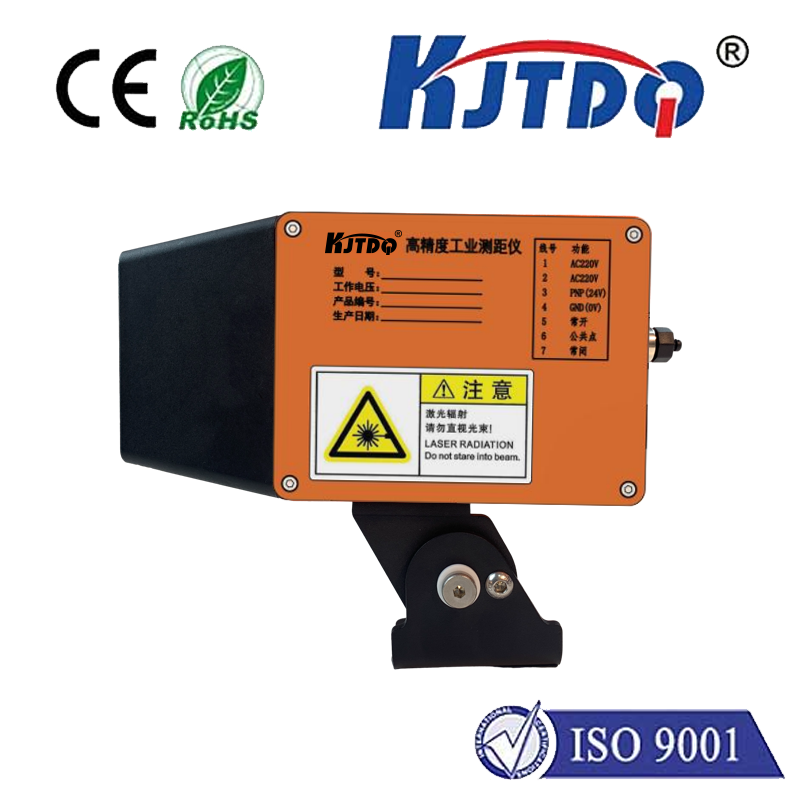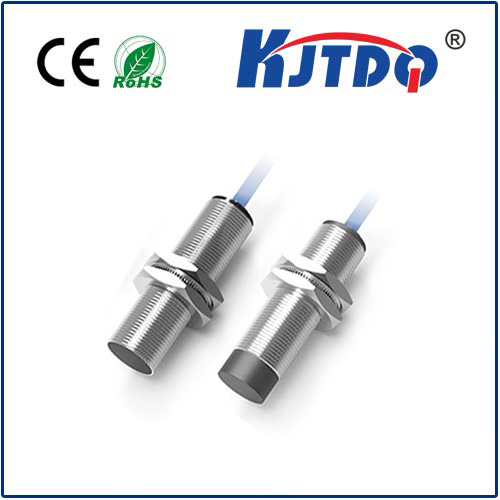

check

check

check

check
Title: The Innovative Applications of Laser Line Sensors In the realm of advanced technology, laser line sensors have emerged as a revolutionary tool, reshaping various industries with their precision and efficiency. This article delves into the multifaceted applications and benefits of laser line sensors, elucidating how they are transforming traditional processes across different sectors.
At its core, a laser line sensor functions by emitting a thin, straight line of light onto an object. This beam is then either reflected or scattered back to the sensor, which calculates the distance to the object based on the time it took for the light to return. This technology provides highly accurate measurements and is instrumental in tasks requiring dimension measurement, gap detection, and contour analysis.
Laser line sensors have found a vital role in the manufacturing industry, where precision is paramount. These sensors are used for part inspection, ensuring that dimensions are within specified tolerance levels. They offer real-time feedback during production, allowing for immediate corrections and reducing waste. Moreover, in automated assembly lines, laser line sensors guide robotic arms with pinpoint accuracy, enhancing efficiency and throughput.

The ability of laser line sensors to capture detailed surface profiles makes them indispensable in quality control departments. Whether it’s detecting flaws in automotive parts or ensuring the uniformity of electronic components, these sensors provide reliable data that can be analyzed to maintain high standards of product excellence. Their non-contact nature also eliminates the wear and tear typically associated with physical measuring tools.
Beyond industrial applications, laser line sensors are making strides in the medical field. In orthopedics, for example, they assist in aligning prosthetic limbs and braces by accurately measuring the patient’s limb dimensions. Additionally, in surgical procedures, laser line sensors guide precision instruments, ensuring minimally invasive interventions with improved outcomes.
Environmental scientists leverage laser line sensors to monitor changes in terrain caused by natural disasters or human activity. By generating detailed 3D maps, these sensors help in assessing soil erosion, coastal retreat, and forest degradation. This data is crucial for environmental conservation efforts and climate change studies.
As technology advances, so too do the applications for laser line sensors. Researchers are exploring their use in autonomous vehicles to enhance obstacle detection and navigation systems. In agriculture, there’s potential for these sensors to optimize harvesting techniques by accurately gauging crop heights and row spacing.
In conclusion, laser line sensors represent a significant leap forward in measurement technology, offering unparalleled precision and versatility across myriad fields. Their impact resonates from enhancing manufacturing efficiency and quality control to contributing valuable insights in medical treatments and environmental preservation. As innovation continues to push boundaries, the future holds even more promise for the expanding role of laser line sensors in our technological landscape.

